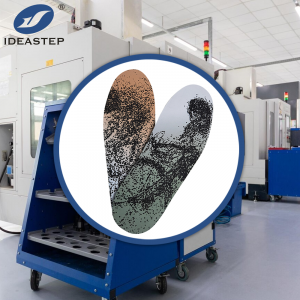
Heat-moldable insoles have gained popularity in the footwear industry due to their ability to provide customized support and comfort. These insoles, often made from materials like EVA foam or thermoplastic, can be heated and molded to match the contours of an individual’s feet. However, a common question that arises is whether heat-moldable insoles can be reshaped multiple times. In this article, we will explore the factors that determine the reusability of heat-moldable insoles.
The Manufacturing Process:
Heat-moldable insoles are created using materials that have a thermoplastic property, which means they can be softened and reshaped when exposed to heat. During the manufacturing process, these insoles are heated to a specific temperature, typically around 120-150 degrees Fahrenheit (49-65 degrees Celsius). Once heated, they become pliable and can be molded to the desired shape. After cooling, the insoles retain the molded shape, providing personalized support.
Factors Affecting Reusability:
- Material Composition: The durability and reusability of heat-moldable insoles depend on the specific materials used in their construction. Some insoles are designed to be reshaped multiple times, while others may lose their ability to mold after the initial process. It is essential to check the manufacturer’s instructions or product specifications to determine if the insoles are suitable for repeated molding.
- Heating and Cooling Cycles: The number of times heat-moldable insoles can be reshaped is influenced by the heating and cooling cycles they undergo. Each time the insoles are heated and molded, there is a potential for the material to degrade or lose its ability to regain the original shape. Over time, repeated exposure to heat may cause the insoles to become less effective or prone to damage.
- User’s Foot Structure: The shape and contours of an individual’s feet may change over time due to factors such as growth, weight gain or loss, or foot conditions. If significant changes occur, it may be necessary to remold the insoles to ensure proper support. However, it is important to note that excessive reshaping can affect the longevity and effectiveness of the insoles.
Recommendations:
- Follow Manufacturer’s Instructions: Always refer to the manufacturer’s guidelines regarding the reusability of heat-moldable insoles. They will provide specific information on the number of times the insoles can be molded and any limitations or precautions to be taken.
- Monitor Wear and Tear: Regularly inspect the insoles for signs of wear and tear. If they start to show signs of degradation, such as cracking or loss of shape, it may be time to replace them rather than attempt to remold them.
- Seek Professional Advice: If you have concerns about the reusability of your heat-moldable insoles, it is advisable to consult a footwear specialist or podiatrist. They can provide personalized recommendations based on your specific foot needs and offer guidance on whether remolding is necessary or if new insoles are required.
Conclusion:
While heat-moldable insoles offer the advantage of customization, their reusability depends on various factors such as material composition, heating and cooling cycles, and changes in foot structure. It is essential to follow the manufacturer’s instructions and monitor the condition of the insoles to ensure optimal support and comfort.
Expand more related content: https://www.aideastep.com/heatmoldable-orthotic/.
